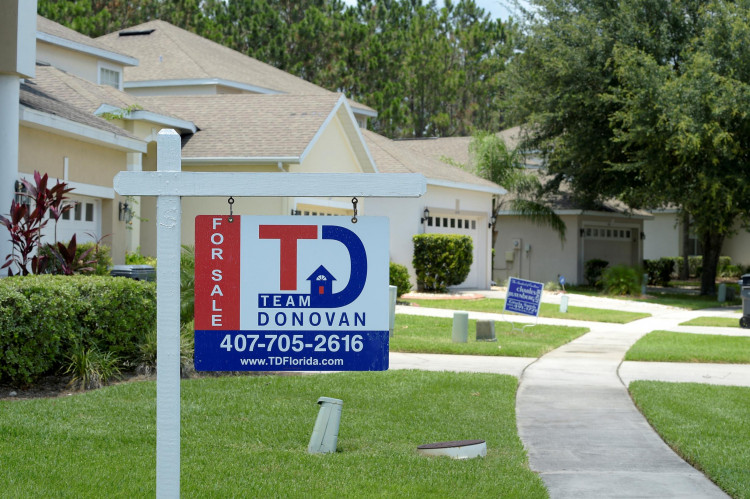The U.S. housing market saw existing home sales decline to their lowest level since October 2010, according to new data from the National Association of Realtors (NAR). Sales of previously owned homes fell by 1% in September compared with August, hitting a seasonally adjusted annual rate of 3.84 million units. This drop marks a 3.5% decrease from the same time last year, highlighting ongoing struggles in the housing sector as prospective buyers face rising mortgage rates and persistently high home prices.
September's sales figures were affected by mortgage rates that hovered around 7% early in the summer, gradually dipping to just below 6.5% by the end of August. However, mortgage rates have since risen again, keeping potential buyers on the sidelines. Lawrence Yun, chief economist for the NAR, noted, "Home sales have been essentially stuck at around a four-million-unit pace for the past 12 months, but factors usually associated with higher home sales are developing." He pointed to growing inventory levels and a steady job market as positive indicators, but buyers remain cautious.
Housing inventory rose 1.5% from the previous month, reaching 1.39 million homes available for sale by the end of September. This represents a 4.3-month supply at the current sales pace, a notable improvement from the previous year's 3.4-month supply. The inventory jump is the largest seen since October 2020 and is up by 23% year-over-year. Despite this, Yun noted that while there are more homes on the market, prices remain elevated due to the overall low supply of homes.
The median price of an existing home sold in September was $404,500, a 3% increase from the previous year. This marks the 15th consecutive month of year-over-year price gains, driven in part by limited inventory and the demand from cash buyers, who made up 30% of transactions in September. Pre-pandemic, cash buyers accounted for about 20% of home sales, but the figure has risen as many investors and wealthier buyers take advantage of the market.
The NAR reported that first-time buyers made up just 26% of all transactions in September, matching the record low from August. This is far below the 40% share that economists say is needed for a healthy housing market. Higher mortgage rates and climbing home prices have made it difficult for new buyers to enter the market, with homes now sitting on the market for an average of 28 days, compared to 21 days a year ago.
While the housing market has struggled to rebound from the steep rise in mortgage rates earlier this year, Yun suggests that buyers may also be holding off due to the upcoming U.S. presidential election in November. "Perhaps, some consumers are hesitating about moving forward with a major expenditure like purchasing a home before the upcoming election," Yun speculated. Although there is no definitive evidence that the election is influencing home-buying decisions, uncertainty in the political and economic climate could be contributing to buyer hesitancy.
Despite the improving supply, the housing market remains tight. The balance between supply and demand typically falls within a four-to-seven-month supply, but the current level of 4.3 months is still indicative of a seller's market. Economists believe that as mortgage rates stabilize, there could be a gradual recovery in home sales, but the timing remains uncertain, especially with the unpredictable nature of the broader economy.






